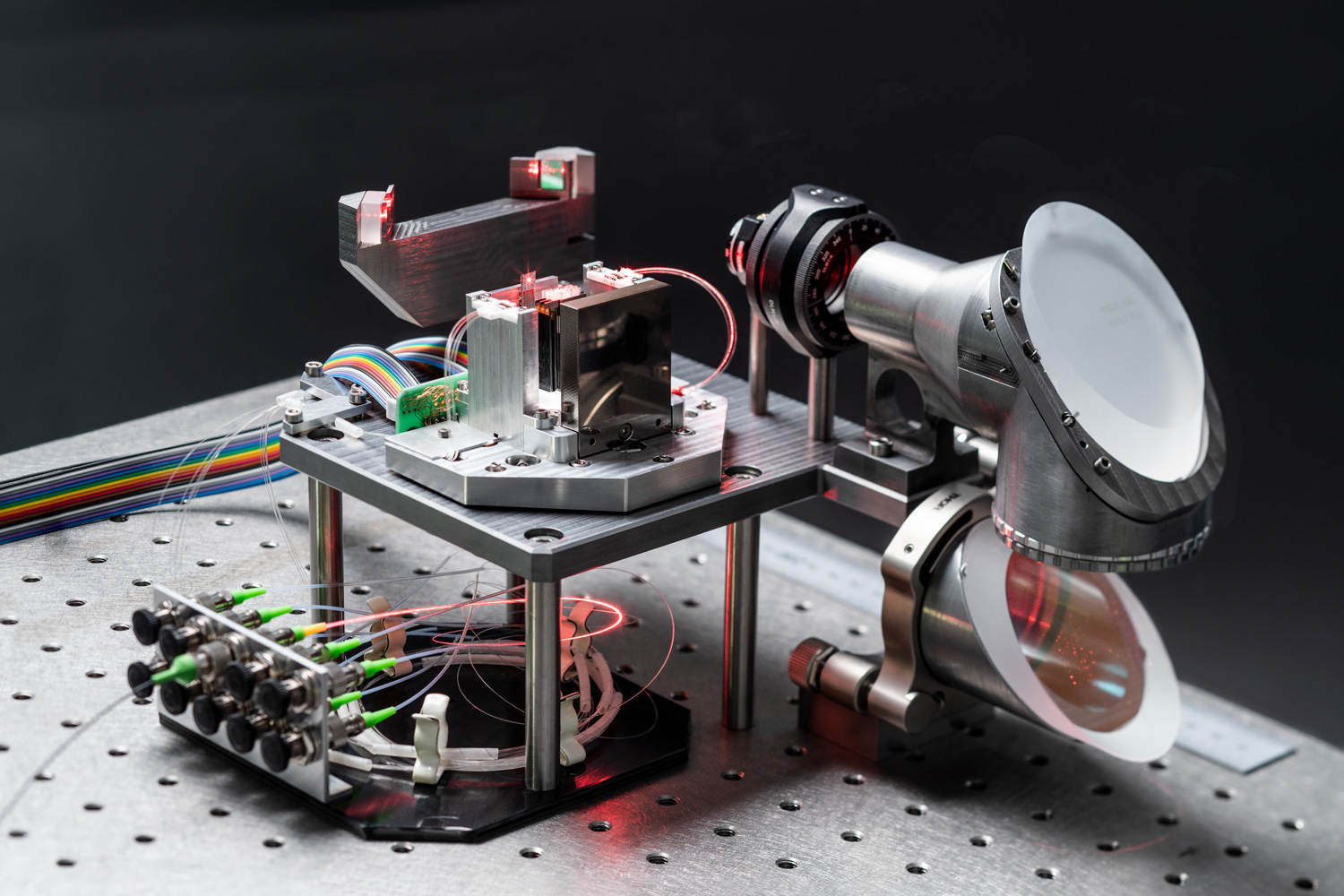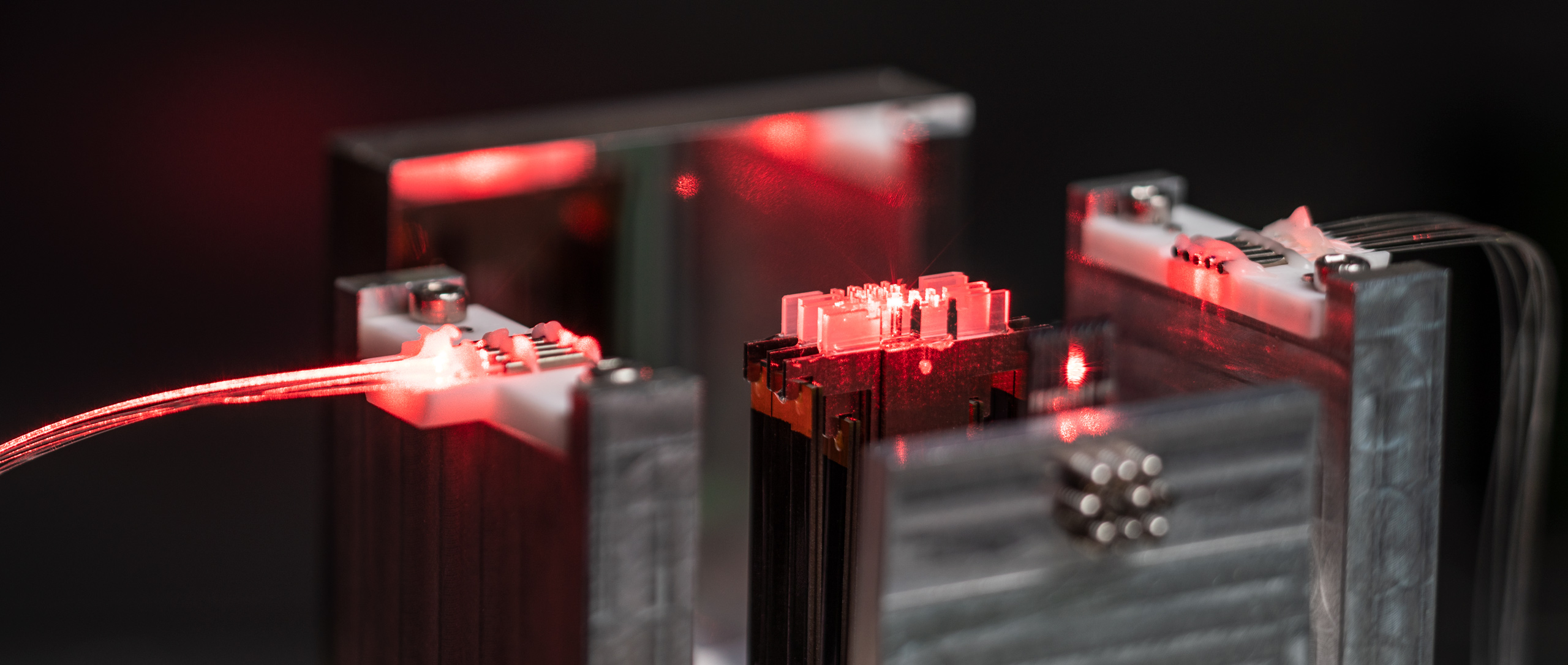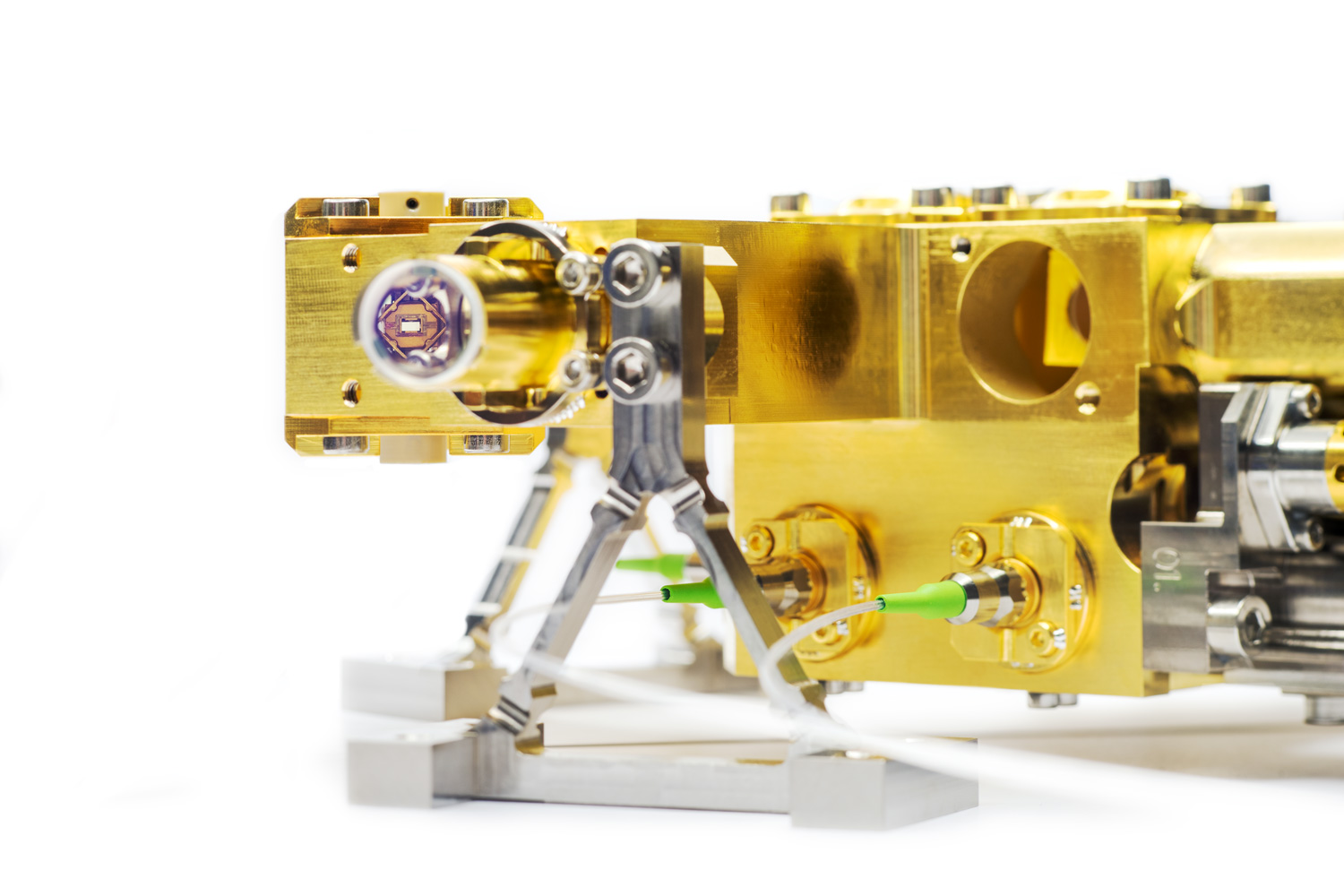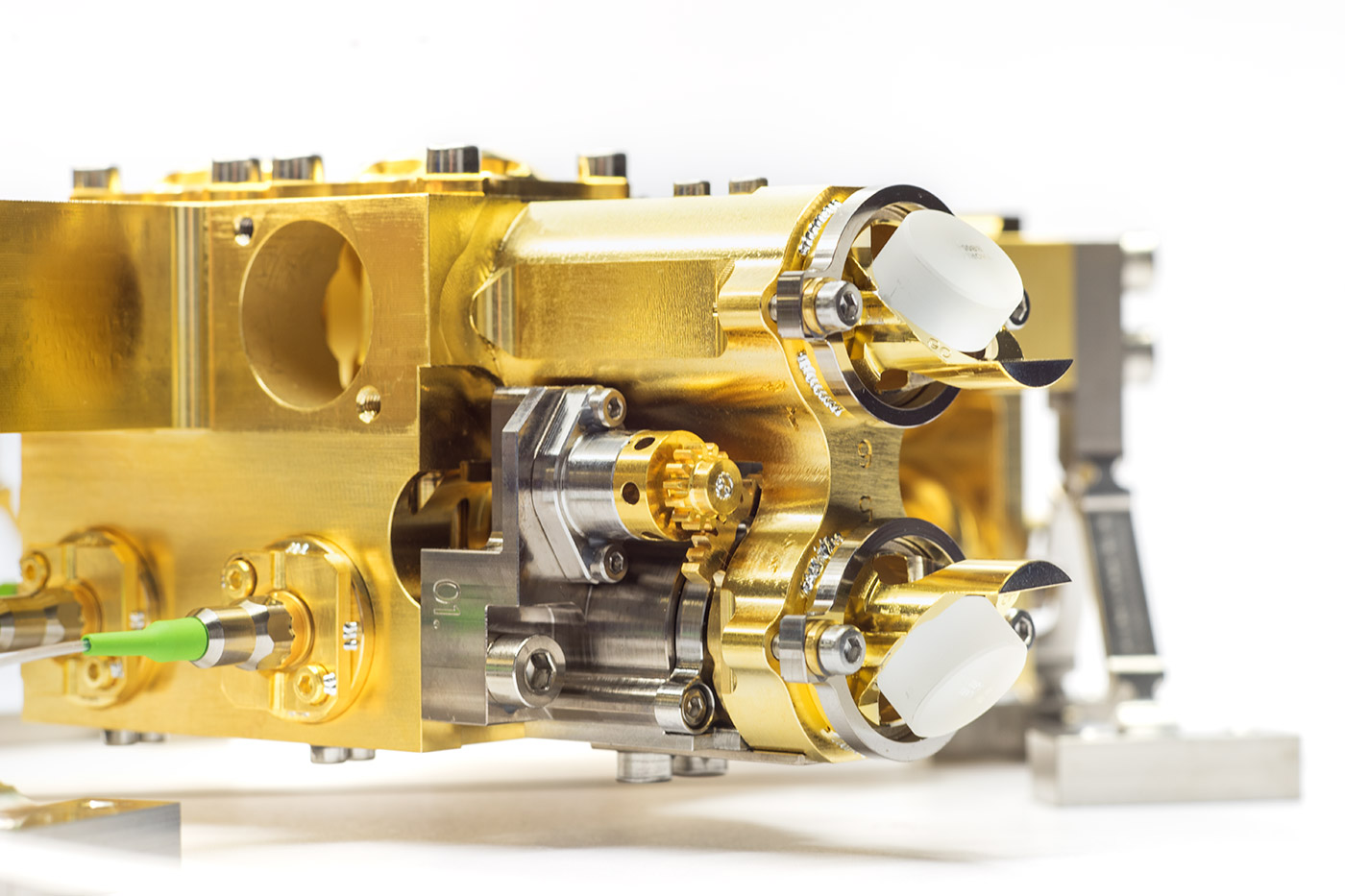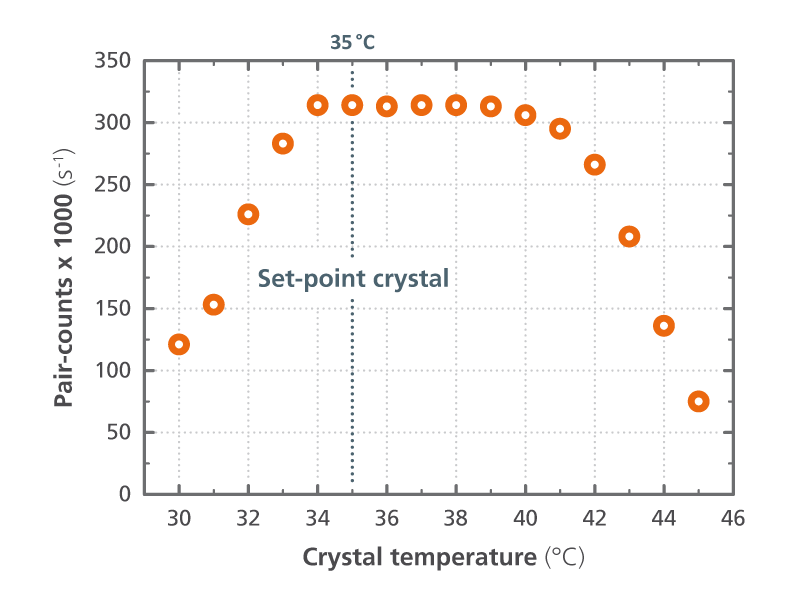AQTION - Addressing Optics for a Quantum Computer
Realization of a scalable quantum computer
The goal of the “Advanced Quantum Computing with Trapped Ions” (AQTION) project – part of the EU Quantum Flagship Initiative – is to realize a scalable quantum computer. This computer will be assembled at the University of Innsbruck (UIBK), which leads the AQTION consortium.
Researchers at Fraunhofer IOF are developing a laser-optical setup within this initiative that enables the manipulation of ions in an ion trap for quantum computers.
Measuring ions
Within the AQTION quantum computer, the quantum bits (Qbits) are represented by Ca+-ions, which are confined within a Paul trap. In order to prepare the quantum states and execute calculations at the quantum gate, different laser wavelengths are used. This includes to illuminate single ions with a laser spot of a wavelength of 729 nm. The result of the calculations is "read out" from the status of the ions that are arranged in a linear chain within the trap. The status of the ion at the time of the measurement becomes apparent by checking whether a fluorescence signal is emitted or not.
